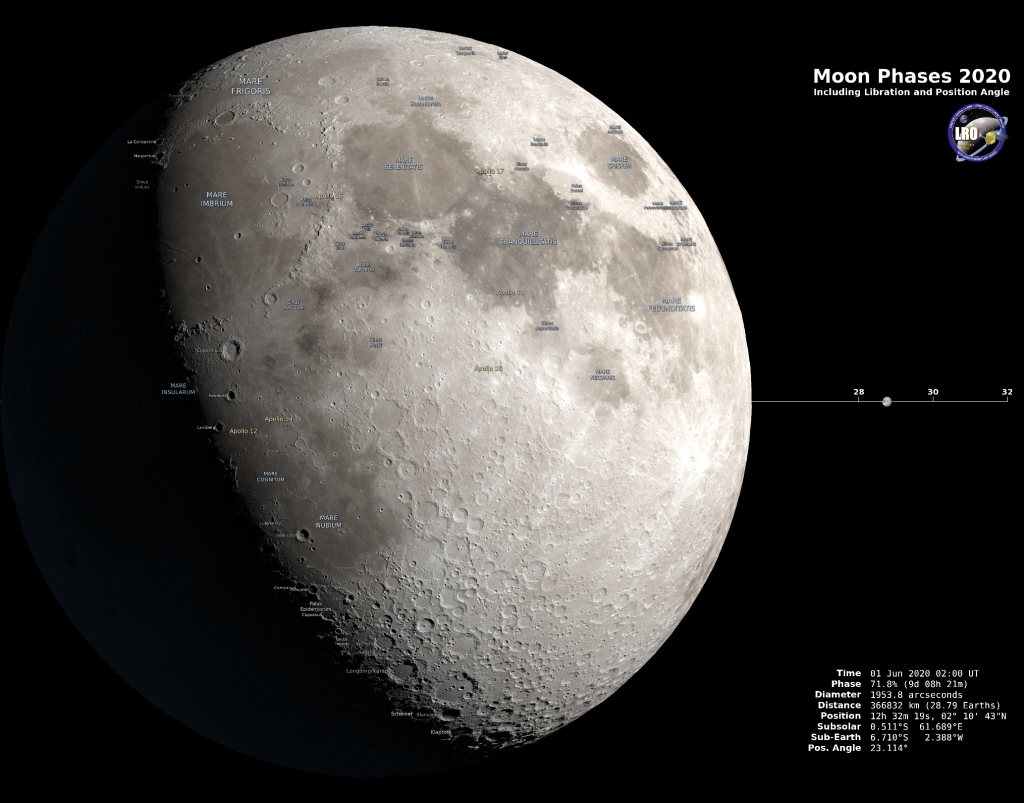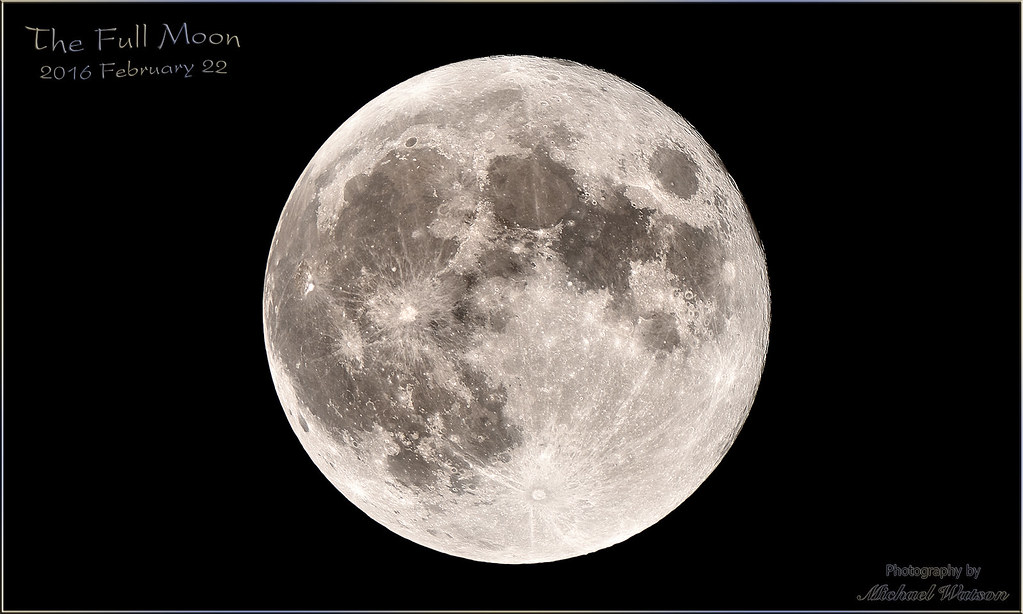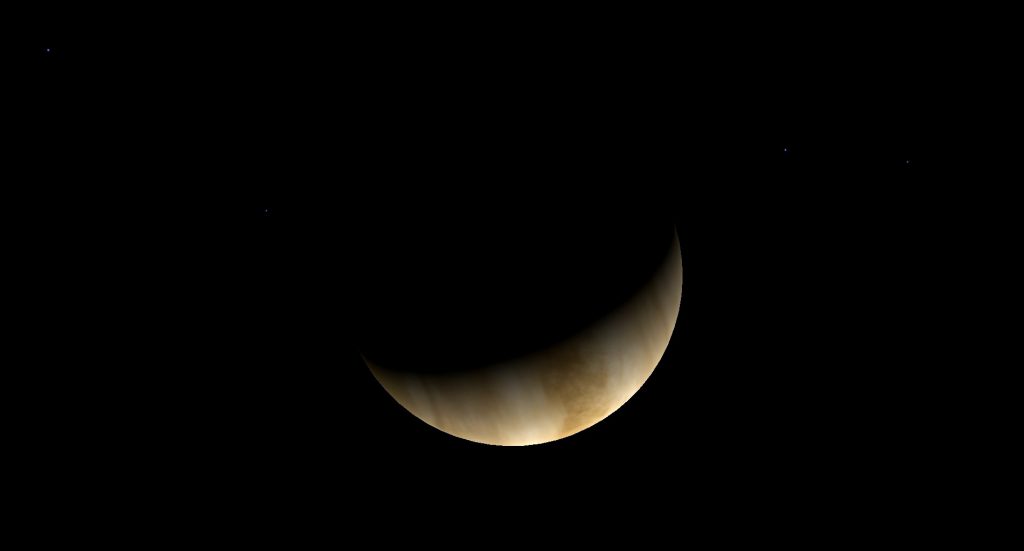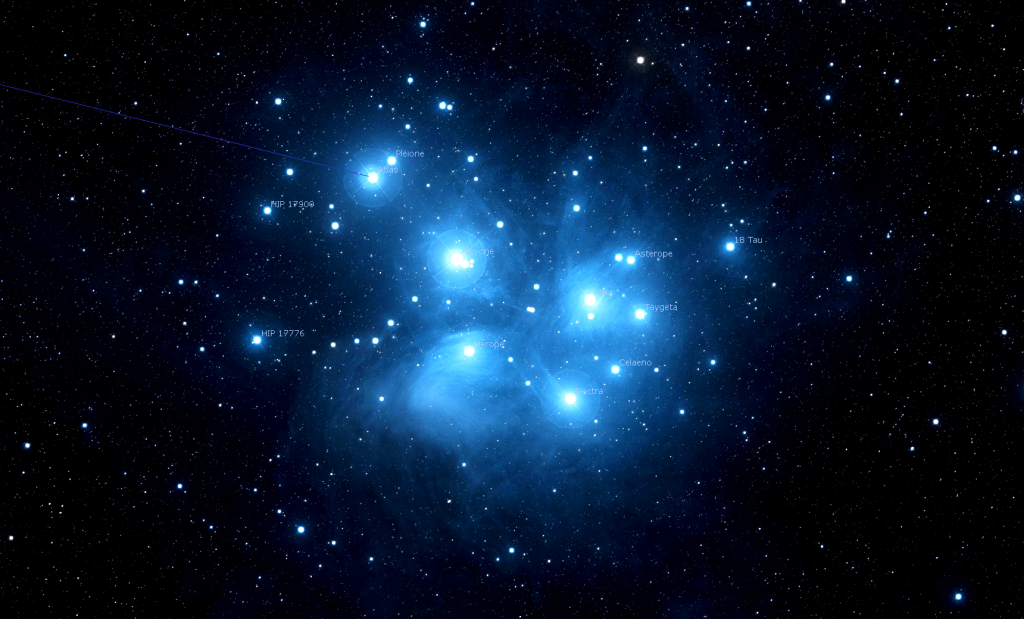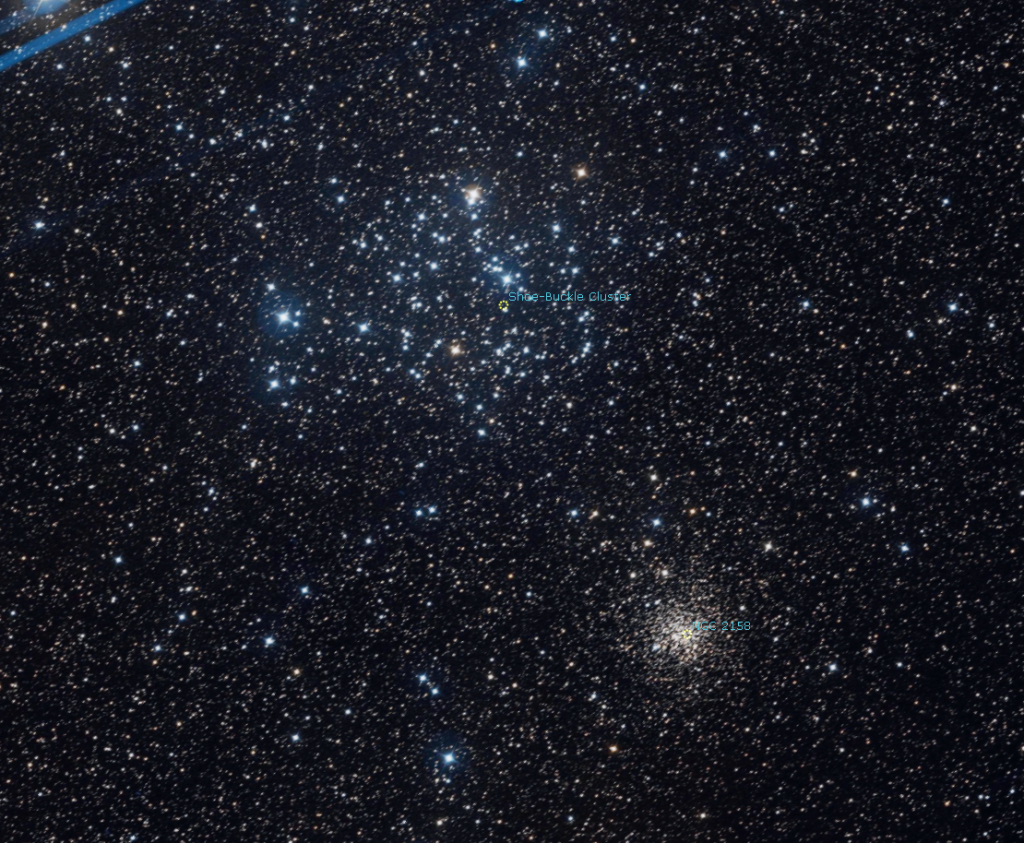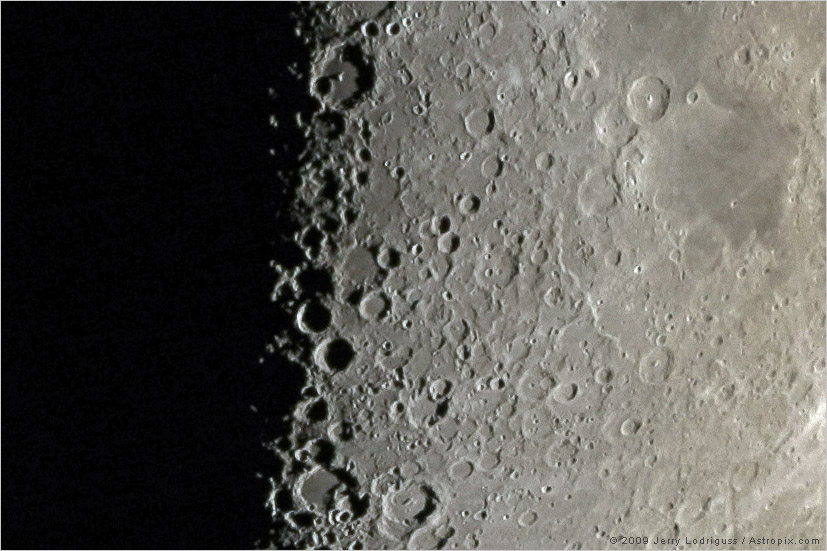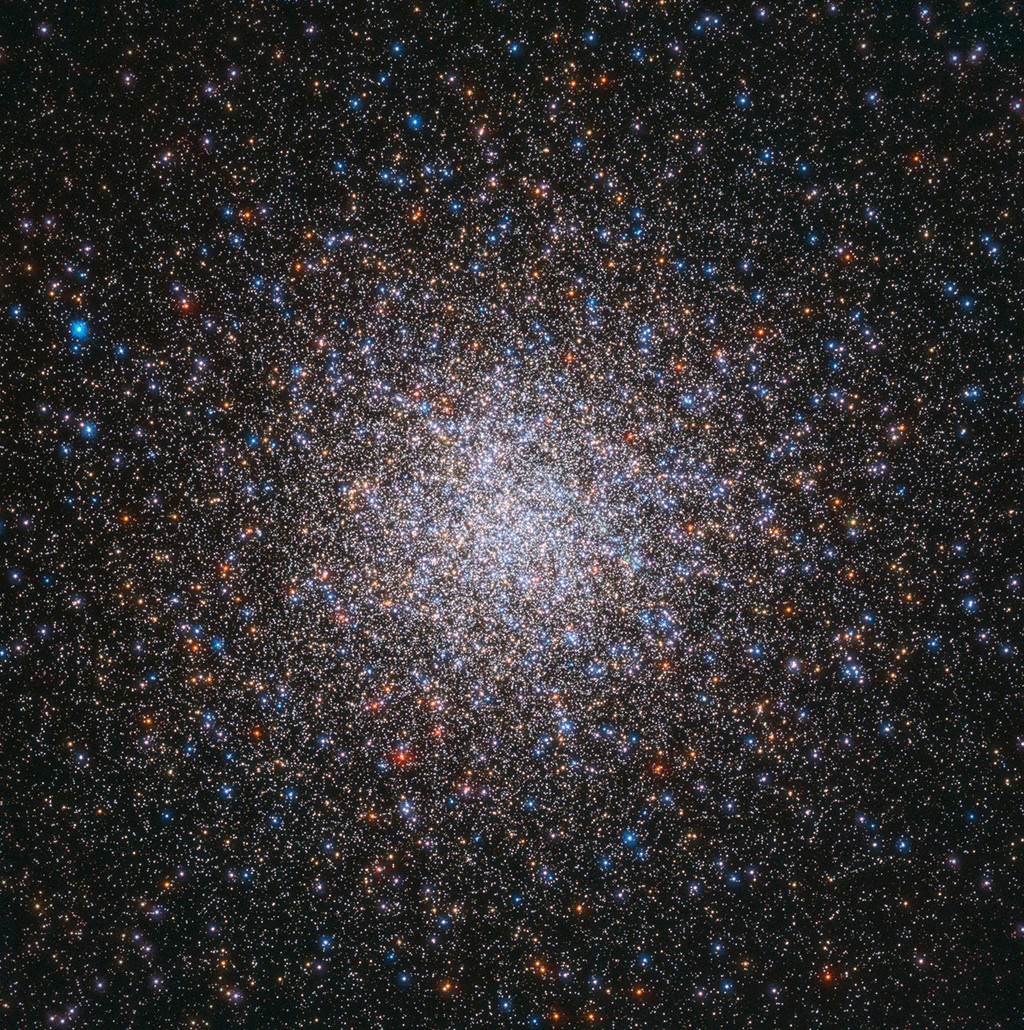The Full Strawberry Moon, Maximum Mercury after Sunset, Both Gas Giant Planets Enter Evening Skies, and Comet PanSTARRS Passes Dubhe!
NASA’s Moon Phase and Libration visualization tool will generate hour-by-hour annotated views of the moon, such as this one for 10 pm EDT on May 31, 2020. You can find more at https://svs.gsfc.nasa.gov/4768. There is also an option to generate south up views for use at your telescope eyepiece. Hello, Moon Lovers! Here are your…
Read more
